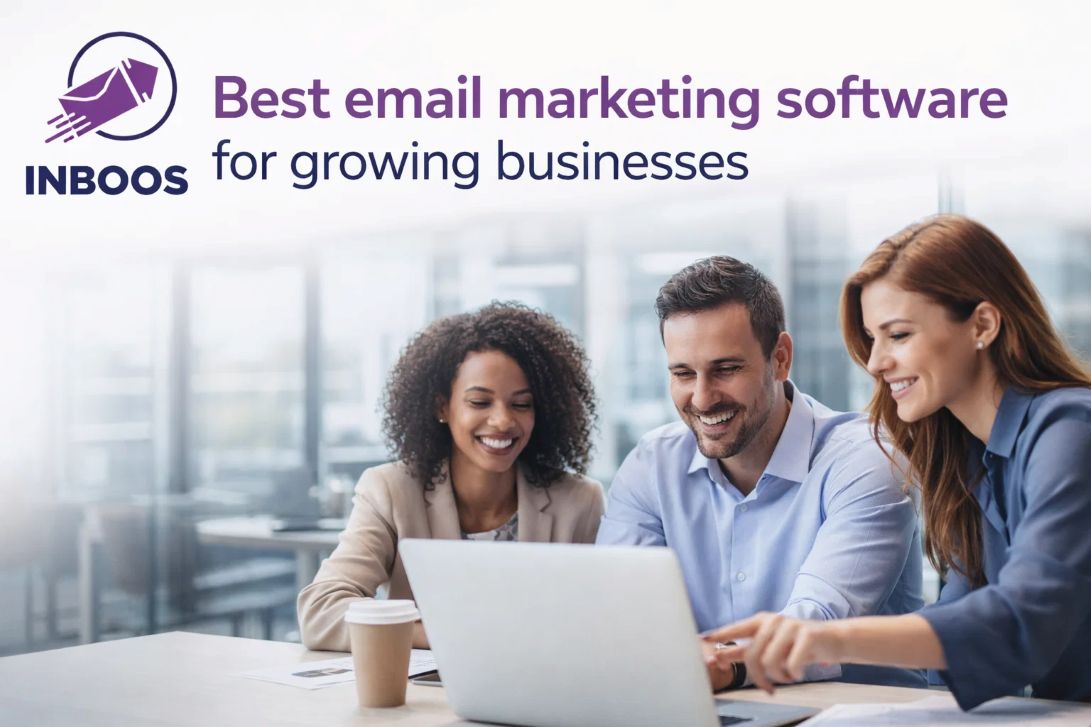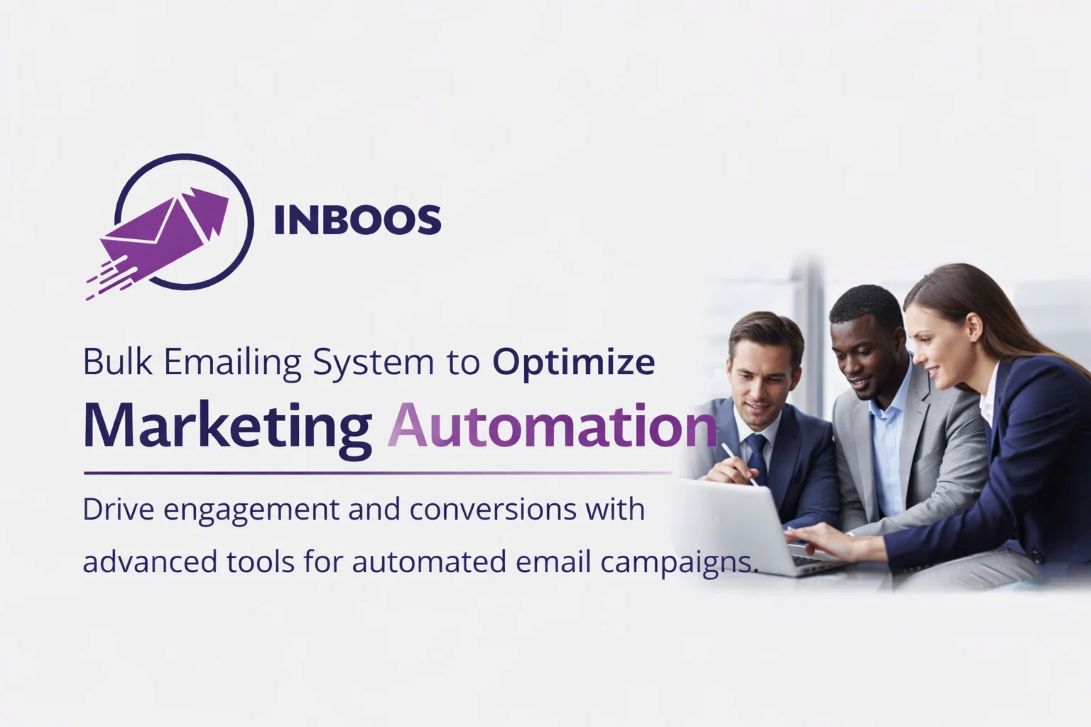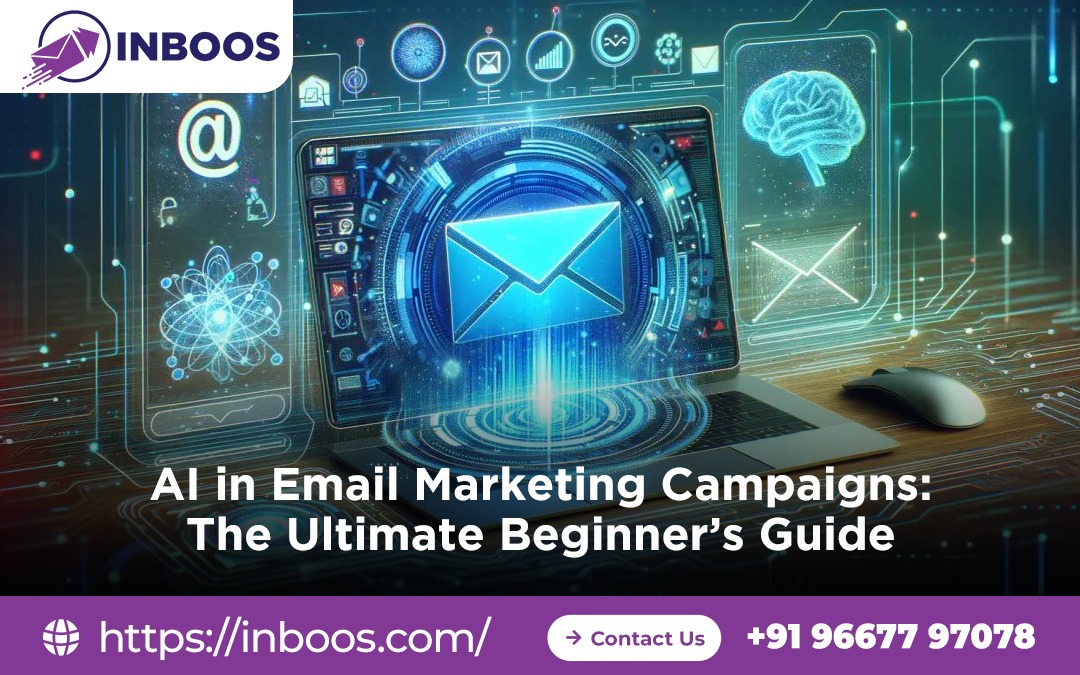Email marketing has long been one of the most effective tools for reaching customers, nurturing leads, and driving conversions. But as inboxes get more crowded and user expectations rise, traditional email strategies are struggling to keep up. That’s where artificial intelligence (AI) steps in—not as a gimmick, but as a powerful ally that transforms how campaigns are built, delivered, and optimized.
Table of Contents
ToggleIf you’re new to AI in email marketing, this guide will walk you through everything you need to know—from what AI actually does, to how it solves common problems and helps you build smarter campaigns that get results.
What Is AI in Email Marketing?
AI in email marketing means using machine learning and data-driven algorithms to automate, personalize, and improve your email campaigns. Instead of relying on guesswork or manual segmentation, AI analyzes user behavior, predicts engagement, and adapts your strategy in real time.
It’s not just about saving time—it’s about sending the right message to the right person at the right moment. Whether you’re running a small newsletter or managing large-scale bulk email campaigns, AI helps you make smarter decisions with less effort.
Why AI Matters More Than Ever
In today’s digital landscape, users expect relevance. They don’t want generic blasts—they want emails that feel personal, timely, and useful. AI makes that possible by learning from your audience’s behavior and adjusting your campaigns accordingly.
For example, instead of sending the same email to everyone at 9 AM, AI can send it to each subscriber at the time they’re most likely to open it. Instead of manually tagging users based on interests, AI can segment them automatically based on how they interact with your content.
This leads to higher open rates, better click-throughs, fewer unsubscribes, and stronger customer relationships.
How AI Helps at Every Stage of an Email Campaign
Let’s break down how AI supports each phase of your email marketing workflow:
1. Building Your List AI can help clean and verify your email list by identifying invalid addresses, duplicates, and inactive users. It can also score leads based on engagement potential, helping you focus on the most promising contacts.
2. Segmenting Your Audience Instead of manually creating segments, AI analyzes user behavior—like past purchases, browsing history, and email interactions—to group subscribers into meaningful categories. This allows for more targeted messaging without the manual work.
3. Personalizing Content AI goes beyond using someone’s name in the subject line. It can recommend products, adjust messaging based on location or device, and even rewrite subject lines to match a user’s preferences. The result is content that feels tailor-made for each recipient.
4. Optimizing Send Times AI studies when each subscriber is most likely to open and engage with emails. It then schedules delivery at the optimal time for each person, improving visibility and reducing the chance of being ignored.
5. Automating Follow-Ups If a user opens an email but doesn’t click, AI can trigger a reminder. If they click but don’t convert, it can send a personalized offer. These automated flows keep your audience engaged without manual effort.
6. Monitoring Performance AI tracks open rates, click-throughs, bounces, unsubscribes, and spam complaints. It then uses that data to improve future campaigns—adjusting send times, content, and targeting based on what works.
Real Problems AI Solves for Beginners
Let’s look at some common challenges and how AI helps fix them:
Problem: Low Open Rates Many beginners struggle to get their emails opened. AI can test different subject lines, analyze engagement patterns, and send emails at the best time for each user.
Problem: Poor Click-Through Rates If people open your emails but don’t click, AI can personalize the content, improve call-to-action placement, and recommend better offers based on user behavior.
Problem: High Unsubscribes Sending irrelevant or too frequent emails leads to unsubscribes. AI helps by segmenting users more accurately and adjusting frequency based on engagement.
Problem: Emails Going to Spam AI monitors sender reputation, authentication records (like SPF, DKIM, and DMARC), and bounce rates to keep your emails out of spam folders.
Problem: Manual Workload Is Too High Beginners often get overwhelmed by the number of tasks involved in email marketing. AI automates list cleaning, segmentation, personalization, and performance tracking—freeing you up to focus on strategy.
Getting Started with AI in Email Marketing
You don’t need to be a tech expert to use AI. Most modern email platforms offer built-in AI features or integrations. Here’s how to begin:
Start with a clean, verified email list. Choose a platform that offers AI-powered tools like smart segmentation, send-time optimization, and predictive engagement scoring. Begin with small campaigns and let the AI learn from your audience’s behavior. Monitor results and adjust as needed.
As you grow, AI will continue to refine your strategy—helping you send better emails with less effort.
AI isn’t just a buzzword—it’s a practical tool that helps beginners succeed in email marketing. It simplifies complex tasks, improves campaign performance, and builds stronger connections with your audience.
If you’re just starting out, don’t be intimidated. Start small, use AI to guide your decisions, and let the data do the heavy lifting. The more you use it, the smarter your campaigns become.
Email marketing is evolving—and with AI, you’re not just keeping up. You’re leading the way.
Ready to secure your emails with AI? 👉 Explore smarter sending at https://inboos.com
📩 Have Questions or Need Expert Help?
Our team is here to make your email marketing, bulk emailing, and mass emailing effortless and effective.
🚀 Let’s boost your deliverability, scale your outreach, and unlock better results!
👉 📌 Contact Us Today
 logo
logo




